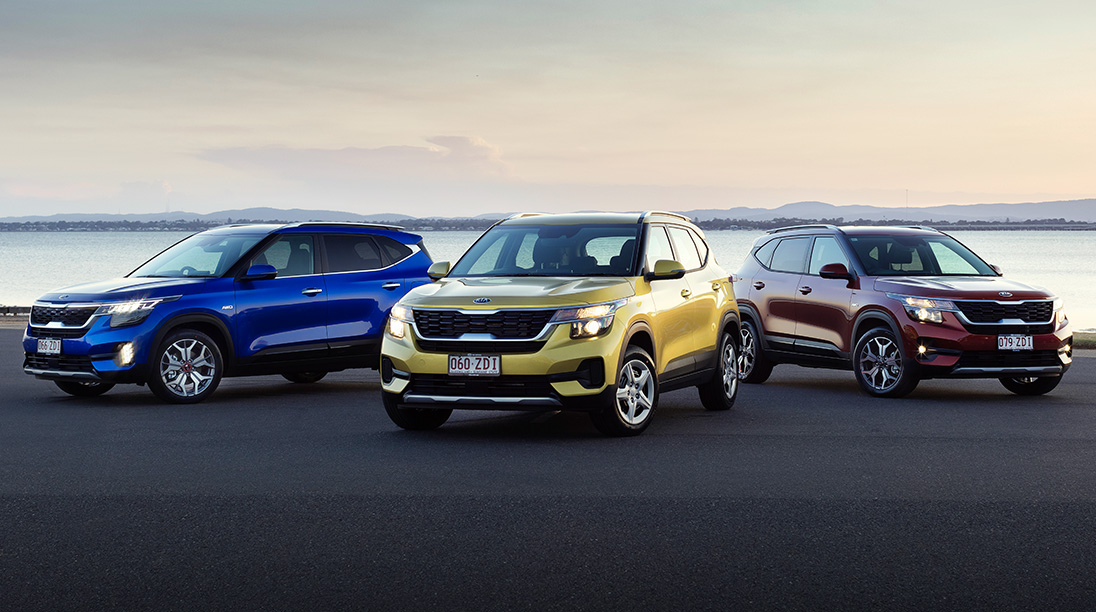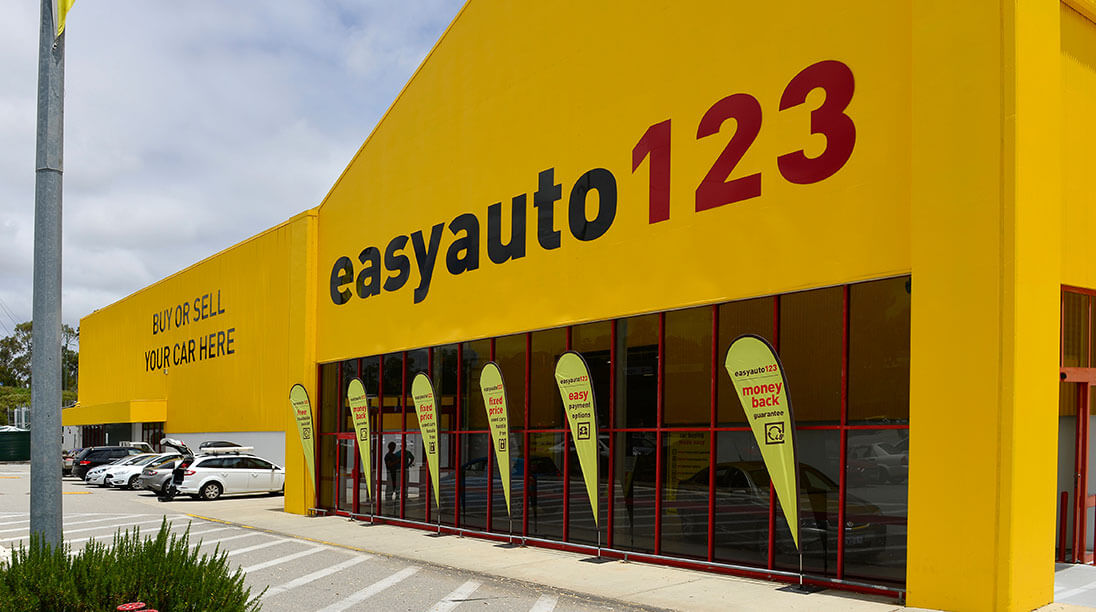Kia, and its major shareholder Hyundai, have always maintained in-house development and supply of parts in previous mainstream models made for its domestic and export markets.
Outsourcing moves Kia to match rival companies, many of which have long histories of being supplied from component-makers outside home country boundaries.
Kia has used some parts from outside suppliers in the past but only for models made in plants outside Korea.
The move opens opportunities for component-makers and technology companies in Australia to tender for vehicles manufactured in Korea.
The Korean-made Seltos, to be released in Australia this month, is an international model with three production plants in Korea, China and India. Australia takes its version from Korea.
The infotainment and CAN bus (Controller Area Network) central communication system are from US company Visteon. Visteon, claimed to be the world’s biggest developer and supplier of cockpit electronics, makes the CAN bus system in India for the Seltos and the system is then used in production in China and Korea.
Visteon makes its systems compatible with electronic components from a broad range of suppliers which gives more flexibility to Kia when selecting specific parts for new models.
In the case of the Seltos, it has led to the fitment of an innovative electric power steering system (EPS) from US manufacturer TRW, part of the German-based automotive component supplier ZF Friedrichshafen.
TRW is very strong in India and more recently Korea which facilitated the link to Kia and the Seltos.
The new EPS has power assistance in both directions of the steering wheel, unlike rivals that provide power only when turning the wheel away from centre. It now gives steering ‘feel’ in both directions to improve driver control and reduce vagueness to a level comparable to hydraulic-assist steering systems.
Importantly, the TRW EPS and the Visteon CAN bus system communicate in the same language, making it easier for future updates and adding other electronic systems – including additional safety features, sunroofs, electric tailgates and so on – onto the vehicle’s core wiring harness.
The relationship is expected to be expanded to the next-generation Kia Sorento SUV, which is due to be launched around the middle of next year.
By Neil Dowling














 Read More: Related articles
Read More: Related articles

